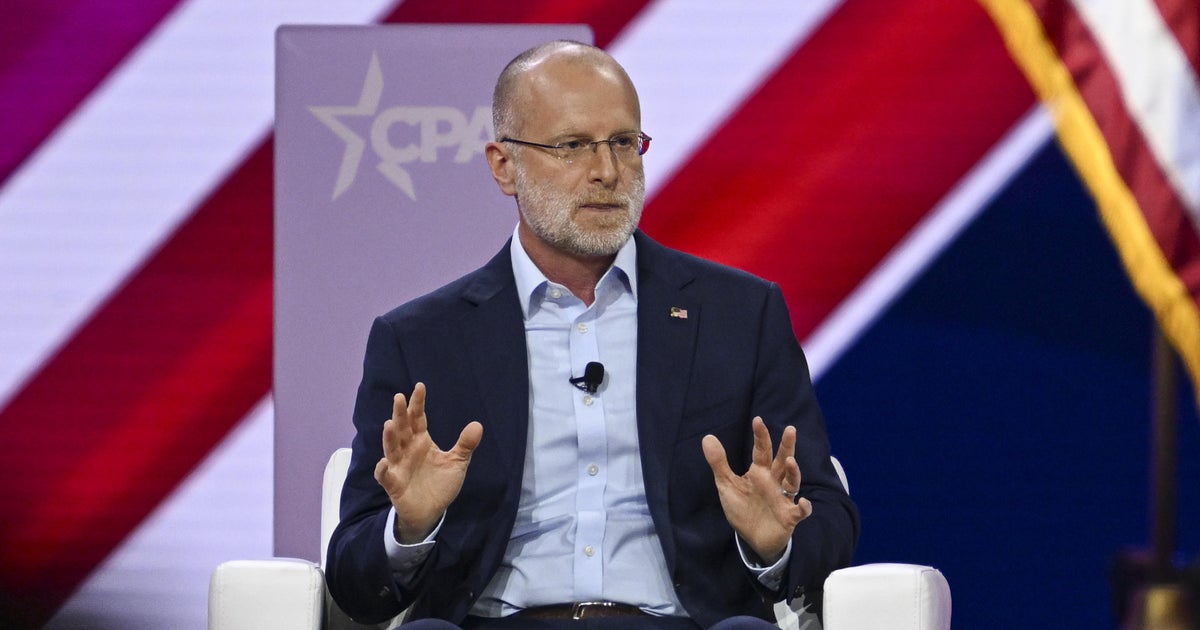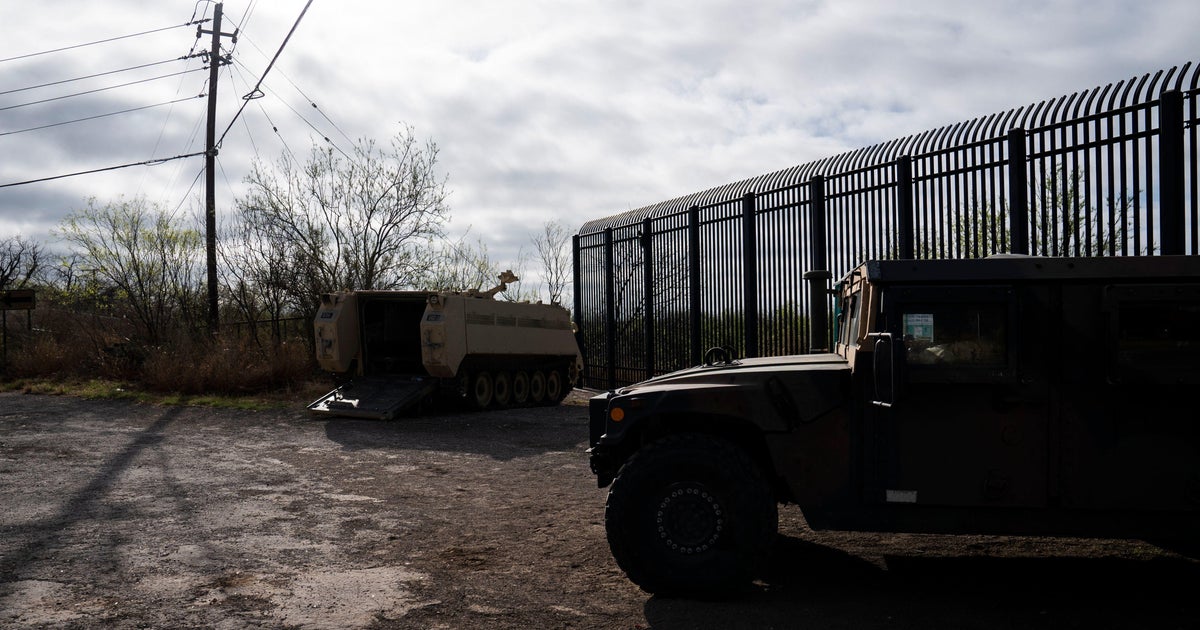What President Trump can do with a stroke of a pen
On his first day in office, President-elect Donald Trump has vowed to crack down on trade deals, the Iran nuclear agreement, immigrants and Barack Obama’s environmental moves. Can he make good on his pledges? Mostly, yes, although he’s limited in some areas.
In “Donald Trump’s Contract with the American Voter,” the next president says his goal is “restoring honesty and accountability, and bringing change to Washington.” Shredding initiatives by Obama and previous presidents will keep Americans safer and lift drags on economic growth, he reasons.
These Trump targets, which played so well with his base during the campaign, are hot-button issues with Democrats, who surely will try to push back.
But a president has a good amount of leeway on these key issues:
Trade. Trump has said he wants to renegotiate the North American Free Trade Agreement, scrap the Trans-Pacific Partnership (TPP) and slap punitive tariffs on China.
A pact among the U.S., Canada and Mexico, NAFTA was enacted in the early 1990s by Democratic President Bill Clinton. It eliminated barriers to trade and investment for the three nations. But the incoming president claims the agreement “has destroyed our country” by shipping jobs south of the border, a conclusion that has sparked a wide-ranging debate.
Democrats say withdrawal would lead to job losses in the U.S. and higher prices. And Trump’s stance goes against the bipartisan free-trade consensus that has held sway since World War II. The U.S. hasn’t withdrawn from any trade agreement since 1866.
If Trump can’t get Mexico -- and Canada, with which he has no quarrel -- to alter NAFTA, he pledges to walk away from it. According to Mark Strand, president of the Congressional Institute research organization, Trump would need Congress’ approval to renegotiate the pact, something he likely would receive given GOP control of Capitol Hill. But if he can’t get the other two nations to go along, Trump could back out of NAFTA with six months’ notice.
The 12-nation TPP, which binds the U.S., Canada and a bunch of mainly Asian nations (excluding China), is easier to exit for Trump. It still hasn’t received congressional approval, and Republican lawmakers show little inclination to bring it up.
The most consequential action Trump could take would be to declare China a currency manipulator and to slap a 45 percent tariff on Chinese imports. President George W. Bush took such a step against the Chinese in 2002 for dumping cheap steel in the U.S. After negotiations, Bush was satisfied the problem was solved and lifted the tariffs the next year.
But Trump’s anti-Chinese action is far broader, and many fear it would ignite a trade war. “He’d probably need a congressional OK to do the tariffs,” Strand said.
Trump also has talked about hitting Mexico with a 35 percent tariff. If China and Mexico imposed their own tariffs in retaliation, reminiscent of a similar conflict that helped worsen the Great Depression, 4 million U.S. workers would lose their jobs, an analysis by Moody’s Analytics projects.
One argument says Trump’s tariffs wouldn’t pass muster with the World Trade Organization, which serves as a referee for trade disputes. Trump could simply ignore any WTO objections, albeit at the risk of putting the U.S. in a bad position for future trade tiffs.
Iran nukes. In exchange for lifting sanctions on their nation, the Iranian regime has largely suspended its program to develop nuclear weapons for 15 years. As part of this framework, Iran received $1.3 billion, a third of it in cash, that was frozen after the 1979 Islamic revolution.
Obama never submitted the pact to Congress for a vote, knowing Republicans would reject it. Instead, he classified the measure as an “executive agreement,” which provoked objections by Trump and other Republicans, who argued he was legislating by fiat.
Still, should Trump back out of the nuke deal, it would be mostly symbolic. Five other signatories -- Britain, Russia, China, Germany and France -- have lifted sanctions and are starting to strike up business arrangements with the mullahs. “We could ask for the money back, but I don’t think the Iranians would give it,” Strand said.
Immigration. Here, the president enjoys wide discretion to protect the homeland. Trump has proposed barring Muslim immigrants, or at least people from nations where terrorism is rampant, from entering the U.S. He has precedent on his side. In 1981, President Ronald Reagan ordered that a tide of Haitians be blocked, and the U.S. military intercepted the refugees’ boats.
Also, Trump has said he wants to deport the 11 million undocumented immigrants already living here, many from Mexico and other Latin Americans lands, although he may have softened that position. He would need Congress to pass funding for such a costly venture, which would entail the largest dragnet in U.S. history.
His easiest crackdown would be on the 70,000 people who came to this country as children of parents who were undocumented migrants. Obama has used an executive order to shield them from deportation. “Trump could simply rescind Obama’s action,” said John Hudak, a senior fellow at the Brookings Institution.
Environment. Because Republicans in Congress have been hostile to Obama’s policies, particularly on the environment, the Democrat has used executive orders. This has elicited a GOP outcry that his steps are illegal and subvert the Constitution. Once again, Trump could zap those environmental regs with ease. When Reagan took over, he immediately yanked 39 executive orders that his predecessor, Jimmy Carter, had imposed.
Among the most prominent environment-oriented orders from Obama were to enlist the U.S. as a party to the Paris climate accords, in which 195 nations promised to reduce greenhouse gas emissions, and to prevent coal mining on federal lands. Technically, Trump could withdraw from the Paris treaty with three years notice. But because it’s nonbinding, he could merely refuse to obey its edicts.
All in all, Trump could indeed fulfill many of his pledges to his voters on Day One.



